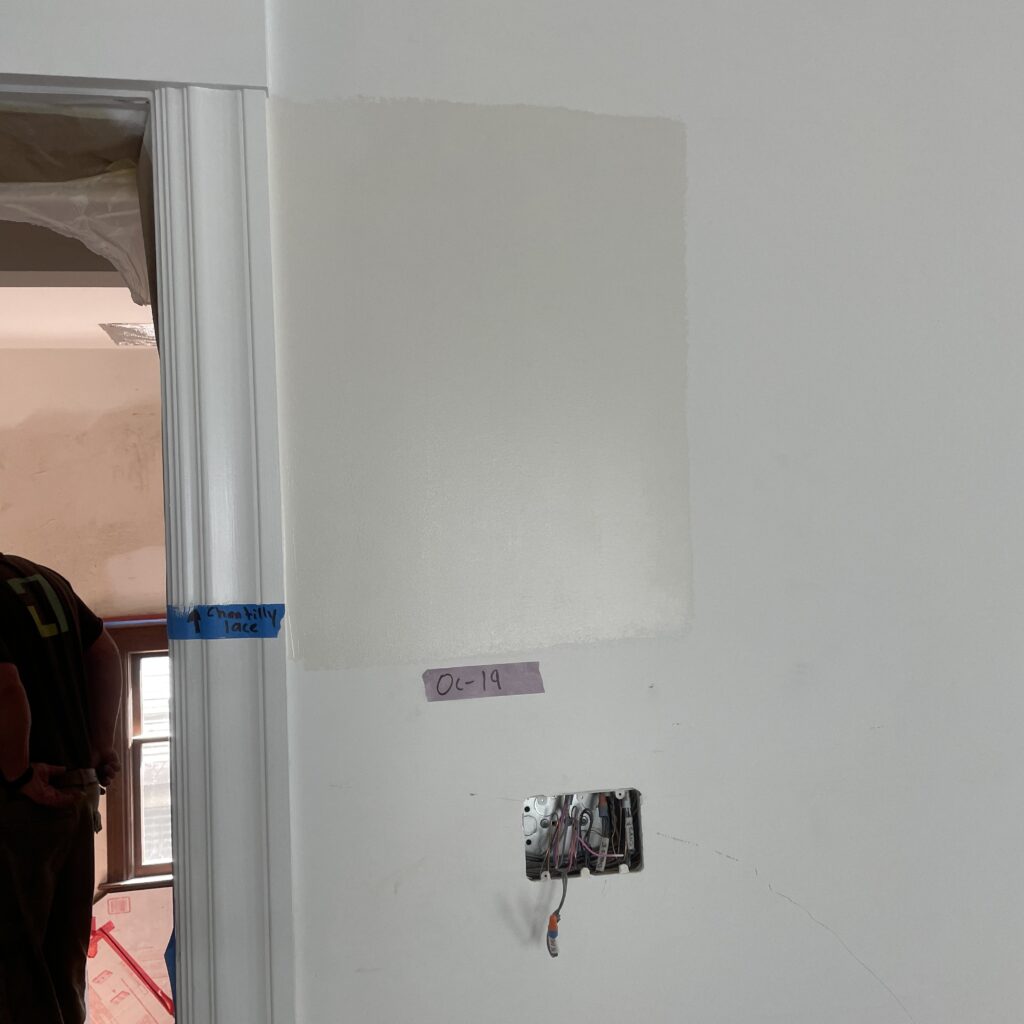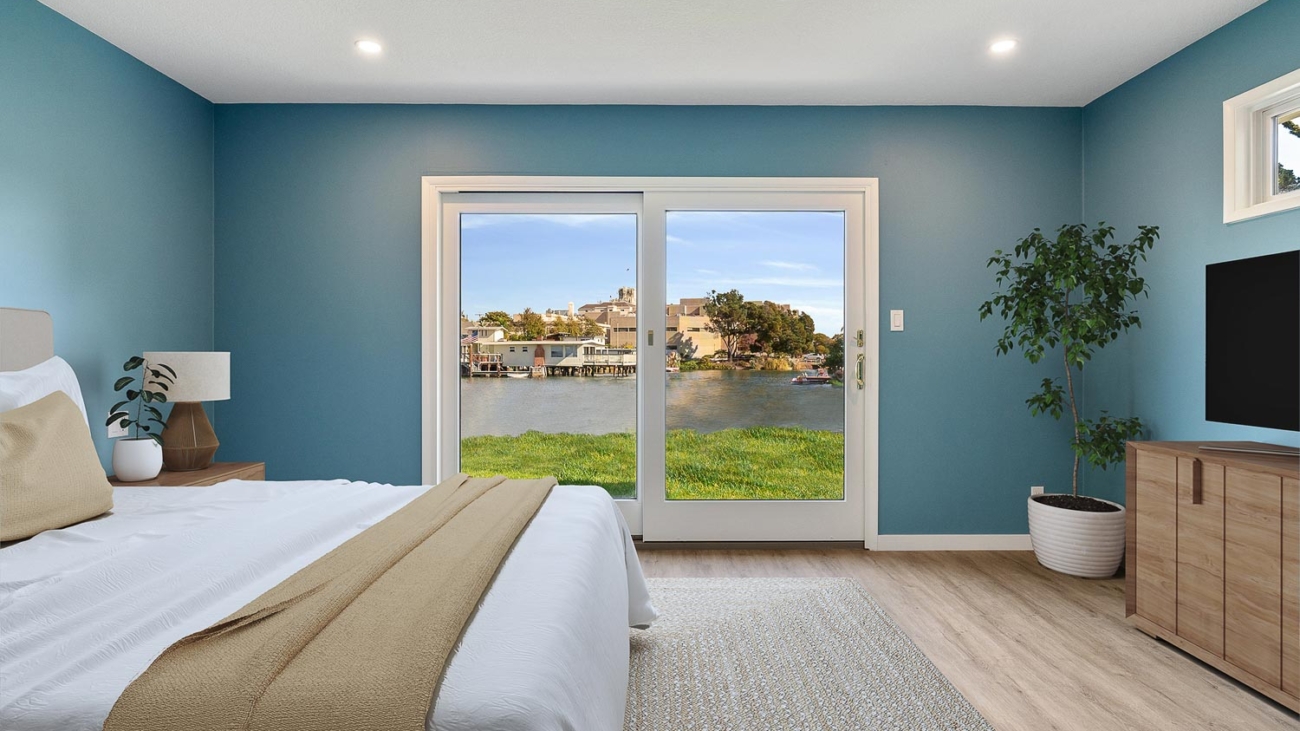Understanding the Fundamentals of Home Color Coordination
Designing a harmonious paint color scheme for your home is an artful endeavor, akin to crafting a personal wardrobe. It’s about striking a balance between individual preferences and aesthetic coherence. To achieve this, a foundational understanding of color theory and home design principles is essential.
Leveraging Your Home’s Location
Begin by considering the location of your home. The natural surroundings and architectural style can significantly influence your color choices. For instance, a beachfront property might benefit from soft, sandy hues or cool blues, reflecting its environment. Similarly, a mountain cabin could embrace earthy tones that echo the natural landscape.
Existing Elements as a Starting Point
Your home’s current features, such as cabinetry, countertops, and flooring, can serve as a guide for your color palette. These elements, especially in historic homes, often have distinct color undertones that should be harmonized with the new paint colors you select.
Consistency in Undertones
Ashley Banbury, senior color designer at HGTV Home® by Sherwin-Williams, emphasizes the importance of consistency in color undertones. Whether you’re aiming for a warm or cool palette, maintaining uniform undertones across different colors ensures a fluid and seamless transition throughout the home.
Advanced Tips for a Unified Color Scheme
Amplify Existing Colors
If your home already features a color you adore, use it as an anchor for your new palette. Complementary shades with similar undertones can enhance this existing color, creating a deliberate and cohesive look.
Balancing Warm and Cool Tones
A critical aspect of color selection is deciding between warm and cool tones. This choice should align with both your home’s environment and existing interior elements. The key is to avoid mixing warm and cool tones excessively, as this can create visual discord.
Utilizing Neutrals Effectively
Neutrals play a pivotal role in connecting different spaces. Using a consistent neutral for trims and doors can create a sense of continuity. Additionally, incorporating a neutral as a ‘palette cleanser’ in transitional areas can effectively balance more vibrant colors in adjoining rooms.
Selecting the Right White
Choosing the right white paint is crucial, as it forms the base for layering other colors. Opt for a white that complements the overall tone of your home. Sherwin-Williams’s Greek Villa (HGSW7551) or Alabaster (HGSW7008) are excellent examples of warm, inviting whites.
Layering Room by Room
You don’t have to limit your home to a single color. For connected spaces, consider using shades within the same color family but varying in intensity. This approach can provide a smooth transition and visual interest from one room to another.
Embracing Color Diversity
Breaking the Monotony
Introducing a bold or contrasting color in one or two rooms can add dimension and character to your home. This technique works well in spaces like dining rooms or studies, where a distinct color can create a focal point without overwhelming the overall scheme.
Consideration for Trim and Accents
Be mindful of the color of window trims and baseboards. Harmonizing these with your wall colors can enhance the overall aesthetic. In certain cases, matching the trim color to the wall color can create a sophisticated, unified look.
Flexibility in Paint Choices
Finally, remember that your household’s needs and preferences should also guide your color selection. For instance, accommodating a child’s favorite color in a subtle way, like on a ceiling or vanity cabinet, can add a playful touch without disrupting the overall color scheme.
Implementing Your Color Scheme with Precision
Professional Consultation
Consulting with a professional designer or color expert can provide invaluable insights tailored to your home’s unique characteristics and your personal preferences.
Sampling and Testing
Before finalizing your colors, it’s advisable to test paint samples in different areas of your home. Observe how the colors look under various lighting conditions and at different times of the day.
Quality Paint Selection
Investing in high-quality paint not only ensures durability but also impacts the overall finish and appearance of your color scheme. Consider paints that offer additional benefits, like scuff resistance, especially in high-traffic areas.
Final Thoughts
Creating a cohesive paint color scheme for your home requires a thoughtful blend of art and science. By considering your home’s location, existing features, and the principles of color harmony, you can craft a color palette that is both personal and universally appealing. Remember, the goal is to create a space that reflects your unique style while maintaining a sense of balance and coherence.



